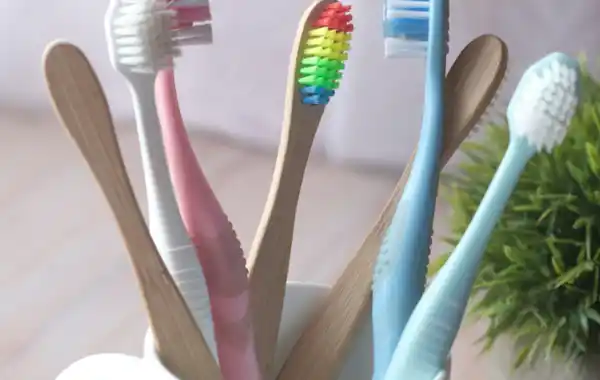Make sure you're properly prepared before you take your family history DNA test. Read on for advice to help you get it right.
Do this before taking your DNA test
1. Brush your teeth or use mouth wash. Then wait.
2. Refrain from eating or drinking for at least 30 minutes before taking your DNA test. You mustn't smoke or chew gum either.
3. Make a careful note of your kit number.
4. Follow the instructions in the kit to register your kit. This will mean registering your kit with the DNA testing company, so that when they receive your sample and have processed it, you will be able to log in and access the results.
5. Before opening the swab kit, ensure you have a clean, clear surface. Dirt or accidentally dropping the swab kit will compromise your DNA results.
Which DNA test to take?
There are many DNA testing companies out there and it can be hard to decide which one is best. Some offer specialist paternity or health insights tests, for instance.
From a family history point of view - whether that's tracing a mystery parent or grandparent, or just curiosity about your wider family tree - then taking an autosomal test at one of the DNA testing companies that also provide a database of DNA matches is our recommended starting point. These companies include: AncestryDNA, FamilyTreeDNA, MyHeritageDNA, 23andMe and LivingDNA.
Testing at a company that also provides a database of DNA matches will allow you to compare your DNA test results with the DNA matches in that company's database. You will be able to combine the power of your DNA and grow your family history research, in order to work on family history puzzles, and identify how you and a match may match one another.
DNA Detective Michelle Leonard advises the following 4 step plan, to help you reach more DNA matches, get in as many different DNA databases as possible, and being as cost-effective as possible:
Step 1: Michelle says "Test at Ancestry first as it has the largest database and doesn't accept upload from other testing companies."
Step 2: "Upload your Ancestry raw data to MyHeritage, FamilyTreeDNA and Living DNA to get into the databases that do accept uploads (make sure you are comfortable with all T&Cs before doing so and you may wish to pay small unlock fees on each site to access additional tools and features such as chromosome browsers and ethnicity estimates."
Step 3: Test at 23andMe to get into its database (like Ancestry, it doesn't accept uploads).
Step 4: Look out for sales on DNA tests throughout the year (e.g. DNA Day, Black Friday etc).
Michelle's 4-step plan is taken from her DNA Workbook. It's currently being updated in time for the forthcoming 8-week online DNA Bootcamp course - suitable for new DNA testers and people who would like a hand understanding how DNA works and how to use their DNA match list for their family history research.
Pre-order your copy of the DNA Workbook here.
Find out about the DNA Bootcamp course here.







